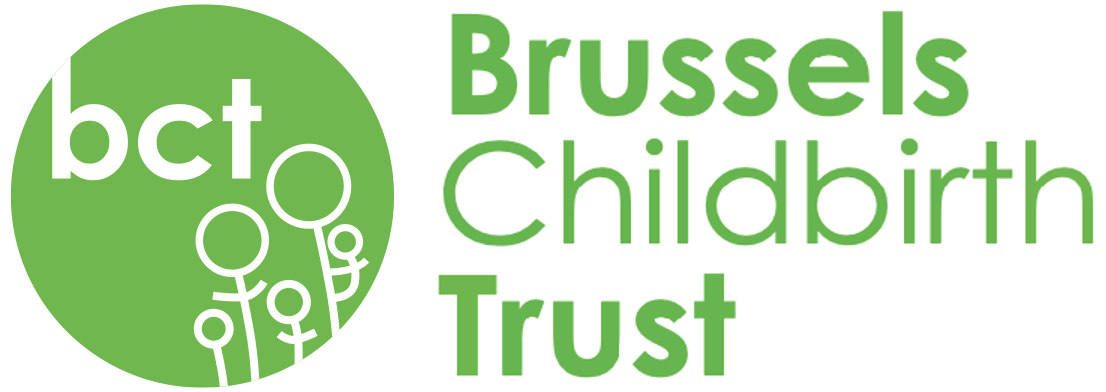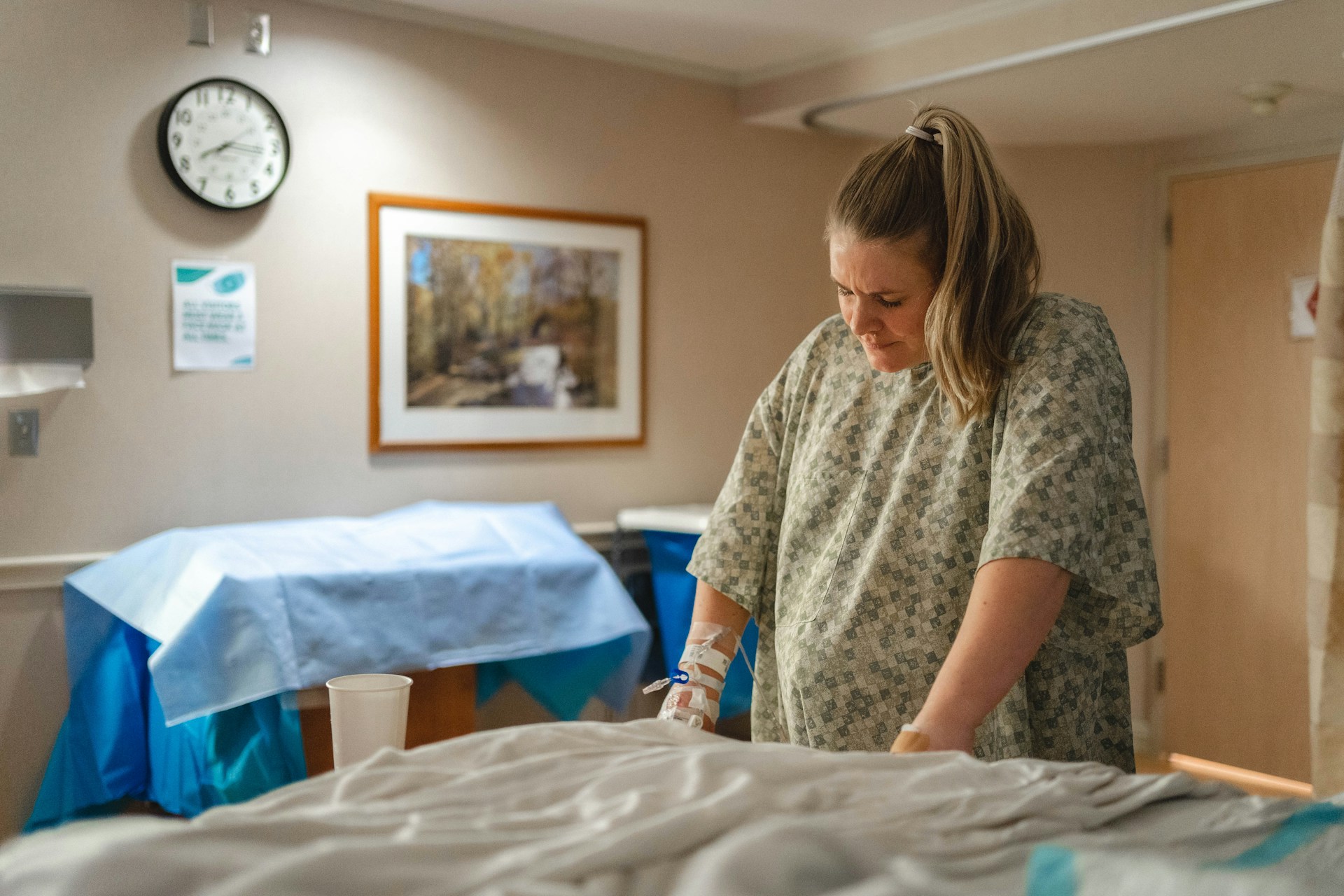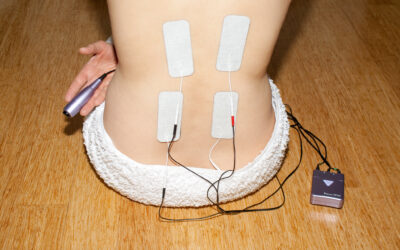Hormones tend to get the blame for a lot of things, sulky teenagers, spotty skin and bad-tempered women. But that is only half the story. There are good things that hormones do too, leading to love, happiness, creating new life, bringing a baby into the world and the production of milk to feed that baby!
I find the role hormones play in birth fascinating. How they interact with each other to help or hinder the body’s natural processes is something I always include in my teaching sessions. I believe that a clearer understanding of how hormones work will help expectant parents, to have a shorter and less painful labour, which is usually high up on every group’s wish list!
Meet the Hormones
Oxytocin:
The hormone of love, labour and lactation. It stimulates contractions in labour, then keeps working post-birth through small contractions to get the uterus back to its pre-pregnancy size. It also helps breastmilk to flow.
Endorphins:
The body’s natural pain killers. These hormones assist in raising the pain threshold, helping a mother to cope with the intense contractions of labour. They resemble opiates in their ability to provide analgesia and are also mood-enhancing, giving a mother a huge natural high at the end of labour.
Adrenalin:
The fight or flight hormone. It can disrupt labour in early stages, as it inhibits oxytocin and endorphin production. It helps the expulsive reflex in the second stage of labour and stimulates the baby to take its first breath.
The key to labour in simple hormone terms is to maximise oxytocin and endorphins and to minimise adrenalin.
According to The National Childbirth Trust, ‘You will produce more oxytocin in labour if you don’t feel afraid, anxious, embarrassed or angry, if you don’t have to cope with others around you who are feeling these emotions, and if you remain upright.’ Pressure on the cervix releases oxytocin so remaining upright can help, and a calm support partner can make the mother feel relaxed, loved, safe and supported.
Endorphins will work naturally if the mother can let go and allow her body to work. Firm pressure stimulates the body to release endorphins, so support partners can help. In our prenatal sessions, we always include some massage techniques and, from the comments we receive, we know that this is one of the most enjoyed parts of the course. This is partly because practising this technique in itself releases oxytocin and endorphins, but it is also because expectant mothers feel they have a new valuable tool to use on their own bodies on the important birth-day.
Adrenalin comes into play during labour if, for any reason, a mother feels unsafe or under attack, by for example, a sabre-toothed tiger. Adrenalin halts the labour process, so the mother has time to escape to a safe place. While it is unlikely we will ever encounter such danger, we still need to identify what makes us feel unsafe, as ‘our nervous system is not able to discriminate between real or imagined “tigers”. We should talk and think about our fears surrounding birth to tame these tigers before they affect the hormones of birthing. Supporters also need to be aware of this to prevent their own raised adrenaline levels from affecting the mother.
However, once in labour, it is important for a woman not to think too much. ‘If the ‘rational’ part of your brain is stimulated it can override the ‘primitive’ part of your brain where oxytocin and endorphins are produced. Your rational brain can be ‘turned down’ by labouring in a quiet, darkened room, feeling safe and having your privacy protected. Partners can help at this stage by maintaining a simple presence to guard the space and make their partner feel safe to birth their child. It is the role of all those around the birthing mother to keep adrenaline levels as low as possible to maximise oxytocin and endorphins. There is a battle going on hormonally within a labouring woman between her ‘friends’ oxytocin and endorphins and her ‘foe’ adrenalin. By understanding the players in the battle, we can prepare for it. Armed with oxytocin and endorphin-raising strategies, and weapons to suppress adrenalin, expectant parents can hopefully achieve their pre-birth wish of a shorter and less painful labour.
BCT Birth & Parenting Classes help prepare for all aspects of pregnancy, birth and caring for a new baby. All classes are taught in English by qualified childbirth educators.
by Alison Copner, BCT prenatal teacher | alisonantenatal@gmail.com
This article was first published in the Winter 2023 edition of the BCT’s Small Talk magazine.






